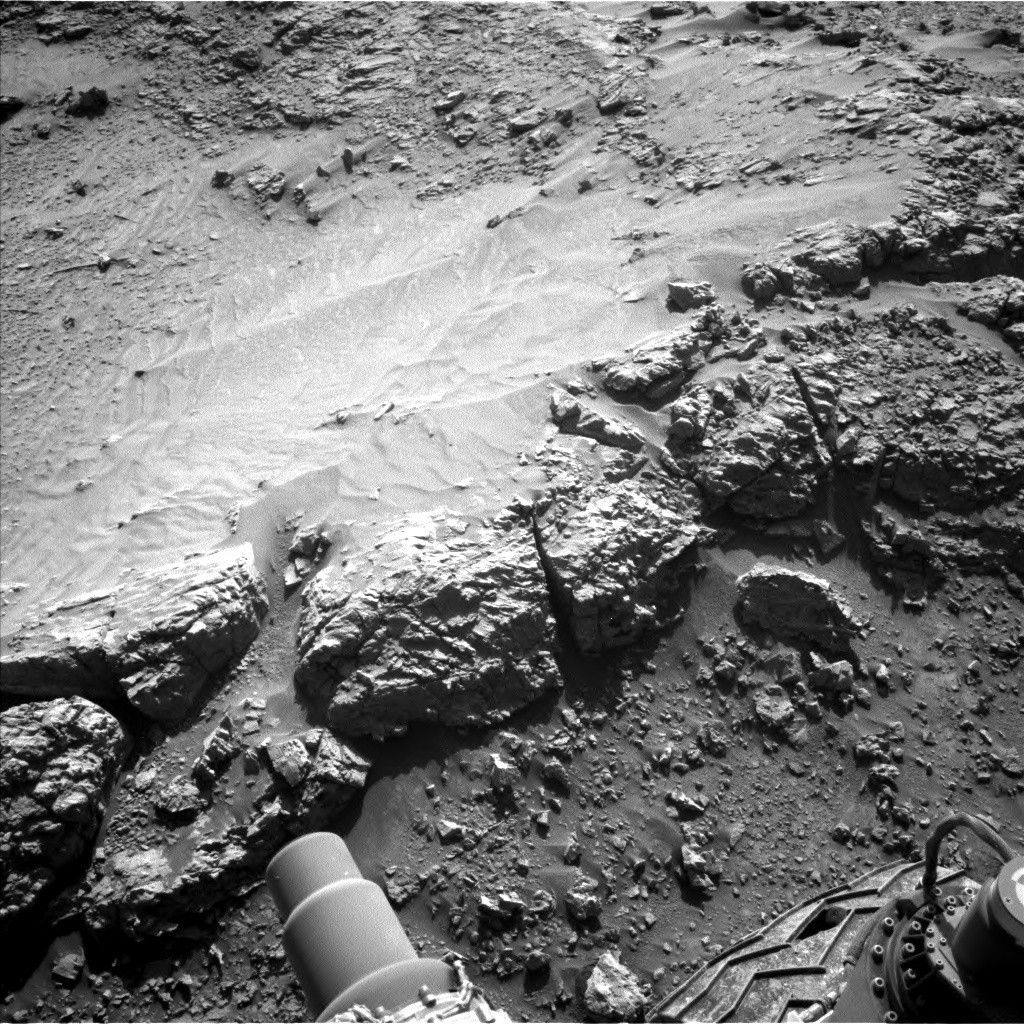An image taken by an Austrian comet hunter reveals a disconnection in a stunning green comet’s tail that may have been caused by turbulent space weather.
Seasoned astrophotographer Michael Jäger took this image of the Comet C/2022 E3 (ZTF) on Tuesday (Jan. 17) after driving 500 miles (800 kilometers) from Austria to Bavaria in Germany to get a clear view of the night sky. Jäger shared the image on Twitter (opens in new tab), along with more photos video of the comet.
“The journey was not in vain,” Jäger told Space.com in an email. He added that when it comes to capturing images of comets, an astrophotographer can waste no time as these icy balls change rapidly when they reach the warmer regions in the inner solar system.
Related: Amazing photos of gorgeously green Comet C/2022 E3 (ZTF)
More: How to view and photograph comets
This particular image reveals what astronomers call a disconnection event, essentially a weakening in the comet’s signature tail, which makes it look as if the tail was breaking off.
According to SpaceWeather.com (opens in new tab), this disruption in the tail is likely caused by turbulent space weather, namely the stronger-than-usual solar wind that has been released during a recent coronal mass ejection (CME). CMEs are bursts of highly energetic particles from the sun’s upper atmosphere, the corona, that travel across the solar system, interfering with the atmospheres of planets and other bodies.
“A piece of Comet ZTF’s tail has been pinched off and is being carried away by the solar wind,” SpaceWeather.com wrote. “CMEs hitting comets can cause magnetic reconnection in comet tails, sometimes ripping them off entirely.”
Read more: Green comet a rare ‘messenger from the outer reaches of solar system’
A comet’s tail is made of vaporized material and dust released by the icy body as it heats up closer to the sun. While the comet itself is usually no more than a few miles wide, the tail can stretch for hundreds of thousands of miles across the inner solar system, providing the unusual celestial spectacle that gets astronomers and astrophotographers buzzing.
SpaceWeather.com (opens in new tab) added that multiple CMEs have swept past Comet ZTF this month as its visit to our region of the solar system coincides with a surge in the activity on the sun’s surface. Currently, there are eight numbered sunspots traversing the sun’s Earth-facing disk, according to the U.K. space weather forecaster Met Office (opens in new tab), so more CMEs can occur as the comet comes closer to us. Sunspots are darker, cooler regions visible on the surface of the sun that feature twisted and dense magnetic fields, which give rise to solar flares and CMEs.

C/2022 E3 (ZTF), which was discovered by the Zwicky Transient Facility (ZTF) at the Palomar Observatory in California in March 2022, is making its first close approach to Earth in about 50,000 years. The comet will soon become visible to the naked eye, experts say, and will reach its closest distance to Earth on Feb.1, zooming past our planet at about one quarter the sun-Earth distance.
Jäger, who has photographed more than 1,100 comets since he took up astrophotography four decades ago, is certain to take more awe-inspiring images, which you can find on his Twitter account (opens in new tab). He admitted that weather in this part of the year is not ideal for this rare celestial encounter, however.
“The weather in Central Europe is very bad and I have to travel a lot to see the comet,” Jäger wrote.
If you want to get your own breathtaking photos of comet C/2022 E3 (ZTF), be sure to see our guides on the best telescopes and best binoculars that can help you get a closer look. And don’t miss our guides on the best cameras for astrophotography and best lenses for astrophotography to get the best comet photos you can.
Editor’s Note: If you get a good photo of comet C/2022 E3 (ZTF) and would like to share them with Space.com’s readers, send your photo(s), comments, and your name and location to spacephotos@space.com.
Follow Tereza Pultarova on Twitter @TerezaPultarova (opens in new tab). Follow us on Twitter @Spacedotcom (opens in new tab) and on Facebook (opens in new tab).


